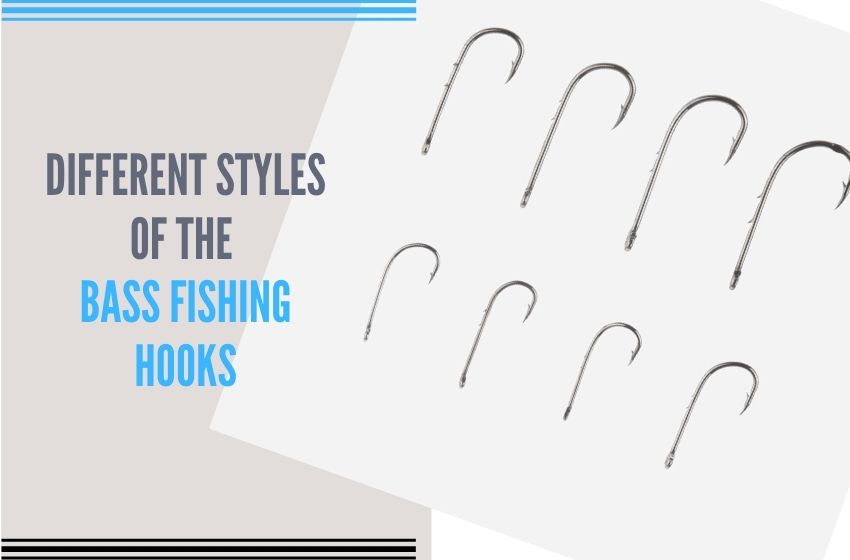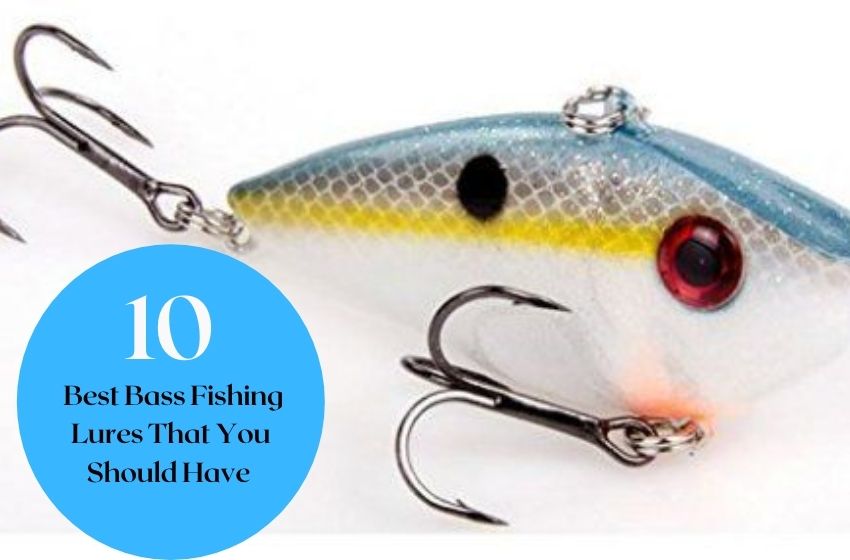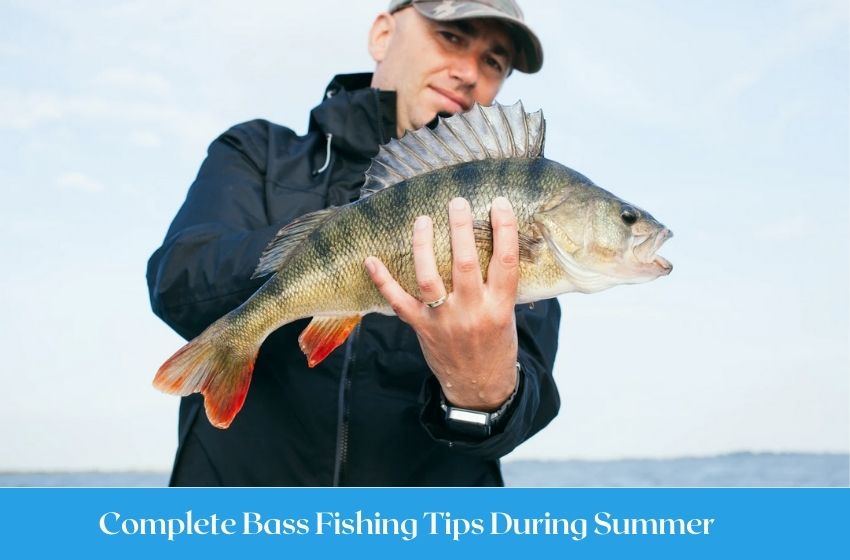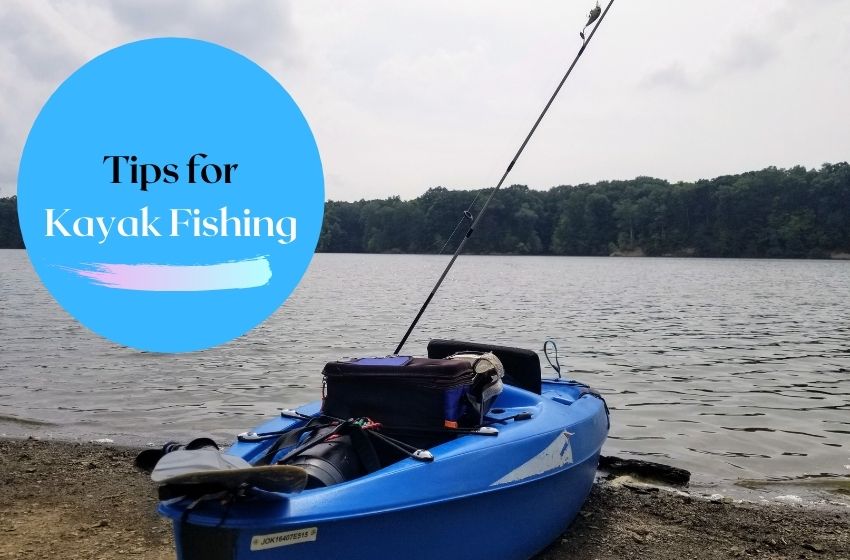
Know the Different styles of the Bass Fishing Hooks

An important aspect is to use the right hook for each type of species that you want to capture. The fishing hooks play a crucial role in getting a catch, so it is essential to choose the right type and size depending on the type of bait used, and the fishing technique is practiced.
The main parts of a hook are:
- Head
- Cane or Seat post
- Curve
- Death
The head: it can be flattened (paddle) or have a hole (eyelet or ring). Depending on how the head of the hook is, the banding of the hook is different.
The rod or stem: it is the longest portion of any hook. It depends upon the length. They are short or long.
Death: It’s part of the reaction. If you try to remove the hook further, there is a hook without this part, and it is recommended to practice catching and releasing or fishing without dying.
The tip: the main part of the hook, since it is the one that will be nailed into the fish, must be very well sharpened for correct use.
Table of Contents
ToggleBait hooks
This hook is ideal for working with live or dead bait due to its design with a long leg and one or two burrs so that the bait can be held more easily since keeping a slippery or live bait on the hook is a challenge.
Hooks for worms
This special hook is designed to be used with plastic lures of the worm or earthworm type (vinyl), its target fish, such as black bass, tend to be caught with a great and hard fight, so they are normally manufactured with a solid structure and deep penetration for durability.
Treble hooks are suitable for cut baits and artificial baits.
Triple hooks have 3 bends and points on one hook. Treble covers a wider range of artificial baits such as crankbaits, jerk baits, and surface baits. Bait fishers also use treble. Cutting catfish for trolling salmon and trout or stringing minnows are common examples of treble.
Siwash fishing hooks are very suitable to replace other hooks.
The Siwash fishing hook has a long shank and straight eyes to fit the lure properly. Siwash hooks are often used with single hook baits such as spinnerbaits. It is also an excellent replacement for factory-supplied treble hooks for scoops and other baits. These hooks help replace hard bait treble hooks when fishing in areas where lure hook points are limited.
Aberdeen Hook is often used for bait fishing.
Aberdeen fishing hooks are made up of wires that are lighter than wrinkle hooks and are often used for bait fishing. Thin metal makes it easy to catch food with minimal damage and stay alive. Lightweight cables are also suitable for fishing crappie wood. When hooked, the hook can be bent and pulled free with a little pressure.
Octopus hooks for bait fishing
Octopus hooks are short shank hooks with round and curved shanks, but not as dramatic as circular hooks.
Octopus hooks are used for bait fishing when the minimum weight and size of the hook is essential for natural expression. These hooks are ideal for hooking reach through suction cups.
Worm hooks are used to catch soft plastic baits.
A variety of worm hooks are available for fishing soft plastic baits. The worm hook is weed-free as it bends slightly just below the eyes of the Texas rigging plastic hook. Most worm hooks have wide gaps to ensure sufficient clearance for the tip to penetrate the fish bark when hooked with bulky plastic products.
Jig hooks are for jig making applications.
Jig hooks such as jig hooks are designed to fit a particular jig mold. There is a curve just below the eyes of the hook. 90 degrees is the most common. Pouring your own stencils can save you money and be a fun winter pastime to prepare for the next season.
Not all of the popular hooks above are needed, but it is very likely that there are some styles or sizes that are welcomed as an addition to the tackle box. From everyday rigging methods to fishing lure mods and DIY fishing projects, these hooks are an essential item for many anglers.
Conclusion
There are many kinds of hooks, and each one of them will be the optimal one for your fishing modality, bait used, and fish to be caught.
To measure the quality of these hooks, it is very important that their curvatures are not flexible. In this way, we avoid breakage. In the same way, the hook must be tinned so that corrosion does not seize it.
Recommended For You
Fishing tips are tricky but if we use them in the right way we can achieve our goals. Summertime is ideal for bass fishing. However, no one would even like to eat a pizza or hot prepared dishes when the […]
Why is kayak fishing so important? It is an exciting, cheap, healthy and straightforward sport where the rhythm is set, and big fish are caught. Kayak fishing is considered a frontier sport, as it is in its early stages of […]
The Crappie can be fished year-round, providing every angler with limitless opportunities to catch this beautiful fish. The fish can be found in freshwater bodies, including ponds, lakes, rivers, and reservoirs. Since these fish like to go to schools, do […]
Improve your talent in the water with a pair of best fishing boots and waders suitable for this season. Use these tips to determine the best wading style, material, and height for your angle profile. Whether its shallow streams or […]
Recent post

Best Bass Lures: The Top Lures for Bass in 2021

Complete Bass Fishing Tips During Summer
Top Reviews

9 Best Fishing Hooks buy for 2023 Reviews and Guide

Best Bass Lures: The Top Lures for Bass in 2021

Complete Bass Fishing Tips During Summer



